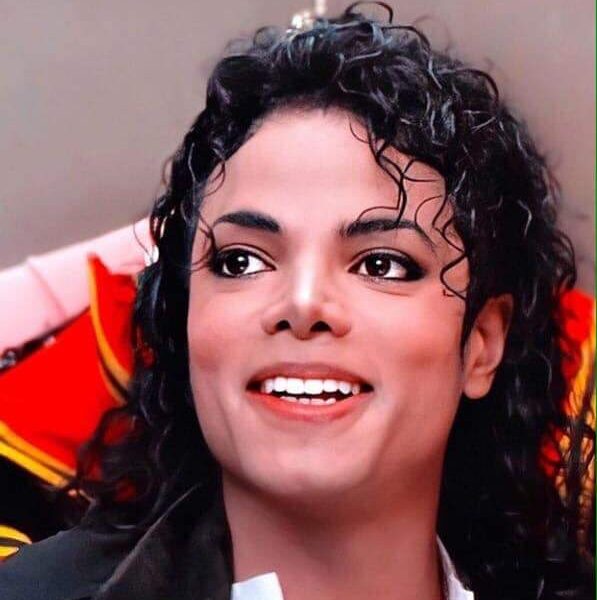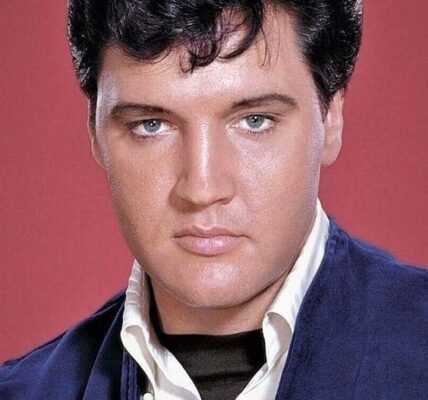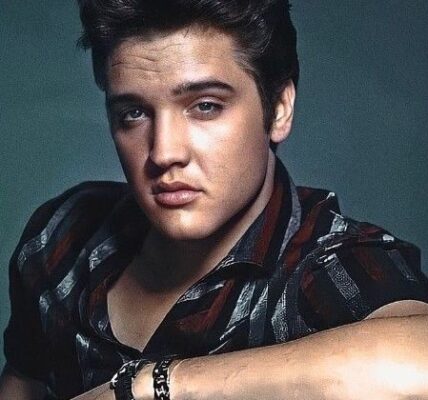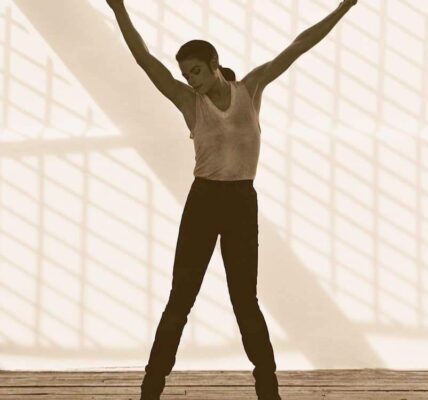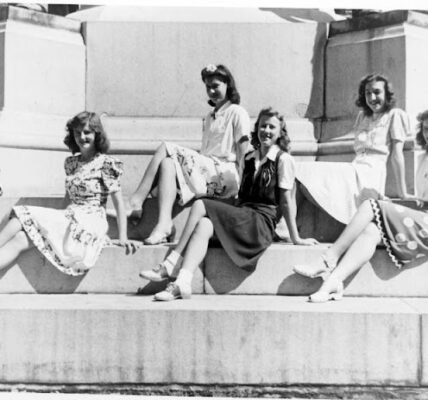The 1980s were a dazzling decade for advertising, an era when brands harnessed the energy of pop culture like never before. Amidst the neon lights, synthesizer music, and the rise of celebrity endorsements, one campaign shone brighter than the rest: Pepsi’s New Generation campaign featuring the one and only Michael Jackson. Launched in 1984, this campaign didn’t just push the boundaries of marketing—it redefined them. It was a masterclass in leveraging star power and innovation to captivate a generation, setting a new standard for advertising that reverberates even today.
The Context of the 1980s Advertising Landscape
The 1980s were characterized by a vibrant and competitive advertising landscape. As the economy boomed, brands were eager to make their mark, leading to a flurry of creative and ambitious marketing efforts. This was the decade when advertising was not just about selling products; it was about creating cultural touchstones. The era saw the rise of flashy, high-energy ads that often featured celebrities in an effort to capture the public’s imagination and loyalty.
Celebrity endorsements became a pivotal element in advertising strategies. The idea was simple: if a popular figure associated themselves with a product, their fame and charisma would transfer to the brand. This was a departure from previous decades, where ads relied more on product features and benefits. The 1980s marked a shift toward emotional and aspirational appeals, and no one embodied this shift better than Michael Jackson.
Michael Jackson: The Ultimate Endorsement
By the early 1980s, Michael Jackson was not just a musical phenomenon—he was a global icon. His 1982 album, Thriller, had shattered records and topped charts worldwide, cementing his status as the King of Pop. Jackson’s influence extended beyond music; he was a fashion trendsetter, a groundbreaking performer, and a cultural force. His music videos were elaborate productions that combined storytelling with innovative choreography, setting new standards in the industry.
Pepsi’s decision to partner with Jackson was a strategic move designed to capture the youth market. At the time, the brand was in a fierce competition with Coca-Cola for market dominance. Pepsi needed something bold, something that would not only attract attention but also create a lasting impression. By aligning with Jackson, Pepsi tapped into his immense popularity and cultural relevance, ensuring that their campaign would resonate with a generation eager for excitement and novelty.
The Campaign’s Launch and Execution
The Pepsi New Generation campaign made its grand debut in 1984, and it was nothing short of spectacular. The campaign was characterized by its high-energy commercials and music videos, which were a far cry from the more straightforward advertisements of the past. The “New Generation” theme was a nod to the youthful exuberance and forward-thinking attitude of the era, perfectly embodied by Jackson’s dynamic persona.
One of the campaign’s most memorable elements was its use of Jackson’s music and dance moves. The commercials were not just ads; they were mini-musical performances that showcased Jackson’s signature moves and grooves. The “New Generation” campaign featured a series of commercials that included Jackson dancing and singing, which helped cement the association between Pepsi and the excitement of Jackson’s music.
Iconic Commercials and Their Impact
Several commercials from the New Generation campaign have become iconic in their own right. Two of the most memorable were inspired by Jackson’s hit songs “Beat It” and “Billie Jean.” In the “Beat It” commercial, Jackson’s energetic performance and his signature dance moves were used to create a high-octane, memorable ad that perfectly captured the spirit of the song. Similarly, the “Billie Jean” inspired commercial featured Jackson’s innovative dance style and was a visual spectacle that captivated audiences.
These commercials were not only visually striking but also expertly utilized Jackson’s music to create a dynamic and engaging experience. The synergy between Jackson’s performance and Pepsi’s branding created a powerful emotional connection with viewers. The ads were more than just promotional material; they were entertainment experiences that left a lasting impression on the audience.
The Cultural and Commercial Impact
The Pepsi New Generation campaign played a significant role in Pepsi’s rise to prominence in the soft drink market. Prior to the campaign, Pepsi was often seen as the underdog in the cola wars, overshadowed by the more established Coca-Cola. However, the campaign’s success helped to reposition Pepsi as a brand that was exciting, youthful, and in tune with contemporary trends.
The influence of the New Generation campaign extended beyond Pepsi’s market share. It set a new benchmark for how brands could use celebrity endorsements to create powerful connections with consumers. The campaign demonstrated that by aligning with a cultural icon, brands could tap into the emotional and aspirational values associated with that figure, thereby enhancing their own image and appeal.
Moreover, the campaign’s success had a lasting impact on the advertising industry. It paved the way for future campaigns that would use similar strategies, blending entertainment with marketing to engage audiences on a deeper level. The use of music, dance, and high-energy visuals became a staple in advertising, influencing countless campaigns that followed.
Legacy and Memorability
Today, the Pepsi New Generation campaign is remembered as a landmark moment in advertising history. It is celebrated not only for its commercial success but also for its innovative approach to marketing. The campaign captured the essence of the 1980s, a decade defined by its vibrant pop culture and its embrace of celebrity influence.
Michael Jackson’s involvement with Pepsi remains one of the most memorable brand endorsements of all time. The campaign’s impact on popular culture is still felt today, as it set new standards for how brands engage with audiences. The combination of Jackson’s star power and Pepsi’s marketing expertise created a campaign that was both groundbreaking and enduring.
In retrospect, the Pepsi New Generation campaign was more than just a series of commercials—it was a cultural phenomenon that encapsulated the spirit of an era. By leveraging Jackson’s immense popularity and employing innovative marketing techniques, Pepsi not only achieved commercial success but also set new standards for the advertising industry. The campaign’s legacy continues to influence how brands approach celebrity endorsements and create memorable marketing experiences.
Conclusion
The Pepsi New Generation campaign featuring Michael Jackson was a defining moment in the history of advertising. It represented a perfect storm of star power, innovative marketing, and cultural relevance. By harnessing Jackson’s immense popularity and creating high-energy, engaging ads, Pepsi achieved a level of success that set new benchmarks for the industry. The campaign not only helped Pepsi rise to prominence but also left an indelible mark on popular culture. Today, it stands as a testament to the power of celebrity endorsements and the lasting impact of creative advertising.
